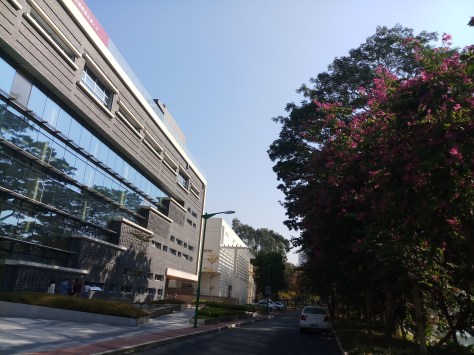
A change in this year-end report, with some stories as well as thank yous.
In 2017, the Supreme People’s Court Monitor published 41 posts and had over 33,000 page views, from 155 jurisdictions, primarily from:
- United States;
- Hong Kong;
- (mainland) China; and
- Australia.
with the United Kingdom, Germany, and Singapore trailing.
Since founding almost five years ago:
Views: 108,990
Jurisdictions: 183
Posts: 212
Most followers use Twitter to follow the Monitor.Although Twitter is not accessible in mainland China without a VPN, 26% of the Monitor’s Twitter followers are based there.
Thank yous
Thank you to:
- the booksellers (likely long retired) who sold me the SPC court handbooks & bulletins in the 1990s, opening for me a door into the world of the Chinese judiciary;
- my colleagues and students at the School of Transnational Law, Peking University (Shenzhen);
- my fellow bloggers Jeremy Daum (Chinalawtranslate.com), Wei Changhao (npcobserver.com, Mark Cohen (Chinaipr.com), and Eugene Fidell (globalmjreform.blogspot.com);
- the law schools and other institutions around the world, that have listed my blog as a Chinese law resource;
- law and political science professors who have recommended the Monitor to students and many others in other institutions who have provided support in various ways;
- journalists and scholars writing about the Chinese judiciary who have cited the Monitor;
- organizers of conferences and other events in Beijing, Shanghai, Leiden, Cologne, Hong Kong, and Sydney. One Shanghai event attracted several “mature students” from the local authorities, apparently interested to know more about the challenges Chinese students could face studying law in the US;
- Certain members of the Chinese legal community:
- judges and others currently or formerly affiliated with the SPC and local courts, who helped me understand the Chinese court and legal system in countless ways;
- lawyers, arbitrators and other legal professionals who have done the same;
- administrators of the Wechat public accounts who published my articles; and
- those who had the fortitude to read early drafts of articles and give frank comments, particularly the person who asked the classic question “what are you trying to say?!” (The much-improved article will be published this year.)
Finally, thank you very much to the East Asian Legal Studies program of Harvard Law School for supporting the Monitor. I hope their example will lead to the greater recognition of the importance of understanding the Chinese legal system (with its many special characteristics).
-

School of Transnational Law, 29 December
